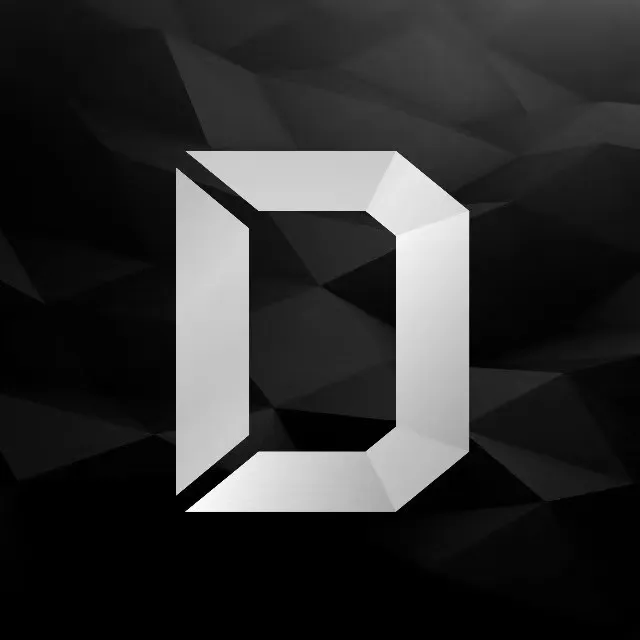New Trends in ZK Rollup
Ethereum Layer 2 Scaling Based on Zero-Knowledge Proofs (ZK-Rollup)
Ethereum Layer 2 scaling based on zero-knowledge proofs (ZK-Rollup) has always been a highly anticipated faction within the Ethereum ecosystem. Theoretically, it can balance efficiency and security issues relatively well.
Vitalik has repeatedly expressed his unreserved optimism about this technology in his articles and public speeches.
However, unfortunately, due to current engineering and technical limitations, zero-knowledge proofs require a significant amount of computational power and are difficult to complete complex calculations in a short time. This makes it challenging for it to compete with the OP faction in applications, and the gap between the two is widening.
This gap is particularly evident in ecosystem development. According to the latest data from L2Beat (
https://l2beat.com/scaling/tvl), the combined TVL of the four ZK factions—Stark, zkSync, Linea, and Scroll—does not surpass that of the OP faction Base, which ranks third (with Arbitrum and Optimism ranking first and second, respectively).
Nevertheless, the enthusiasm of capital for the ZK faction seems to remain undiminished. Recently, A16Z launched its own open-source platform, ZKVM.
It is important to note that, unlike the ZKEVM we often hear about, ZKVM is missing a letter, but its meaning is significantly different. ZKEVM emphasizes compatibility with the Ethereum Virtual Machine, while ZKVM is a broader virtual machine platform. Theoretically, ZKVM has a wider range of applications.
In my memory, this is the first time A16Z has personally entered the field to lay out the development of the crypto track.
A16Z's actions, Vitalik's discussions, and the technical theoretical advantages of the ZK faction remind us that we must keep an eye on the development of ZK Layer 2 scaling systems.
However, the current development of several leading ZK Layer 2 scaling systems is indeed disappointing, while another rising star, Metis, has some practices worth noting.
Metis is also an Ethereum Layer 2 scaling solution based on zero-knowledge proofs. However, unlike other "pure" ZK scaling solutions, it adopts a hybrid system, where part of the transactions uses OP's processing method, and another part uses ZK's processing method. This allows it to combine the advantages of both in terms of efficiency and performance.
That said, due to current technical limitations, this advantage is not yet particularly evident.
In addition, its "self-revolution" approach regarding sorters is even more noteworthy.
In Ethereum's Rollup Layer 2 scaling systems, whether OP or ZK, they all share a common technical point: they require sorters to sort and package transactions before sending them to Ethereum for final confirmation.
Currently, the vast majority of Layer 2 scaling systems adopt centralized sorters for convenience and efficiency, or simply process transactions directly with servers.
This centralized processing is an open "secret" in the industry, and even Vitalik has publicly criticized this issue. However, despite the criticism, project teams are often "loud but slow," claiming they will decentralize soon while taking little action.
Why?
Because centralized sorters align too well with the interests of project teams.
But Metis boldly began its "self-revolution," attempting to promote the decentralization of sorters and has made substantial moves in this direction.
According to its plan, in the future, any user willing to stake Metis tokens can participate in the sorting operations of transactions within the Metis system, similar to staking in Ethereum.
This approach can also address many token empowerment issues faced by current Layer 2 scaling systems, giving tokens intrinsic value.
More importantly, if the ZK faction's sorters achieve decentralized operation, it may give rise to a new track in the future: zero-knowledge proof "mining" based on hardware computing power.
In this kind of "mining," each node in the Layer 2 scaling system will strive to use the strongest computing power to quickly calculate the results of zero-knowledge proofs, and strong computing power requires a stack of strong GPUs.
Therefore, once this development becomes a trend, it is very likely that a new mining track will emerge in Ethereum's Layer 2 scaling and in all fields requiring zero-knowledge proof calculations.
Of course, whether it can develop will depend on whether the project teams value ecosystem development as much as they do technology; otherwise, the future prospects may not be optimistic.
However, these new trends that could change the ecological landscape are still worth our attention as investors.








